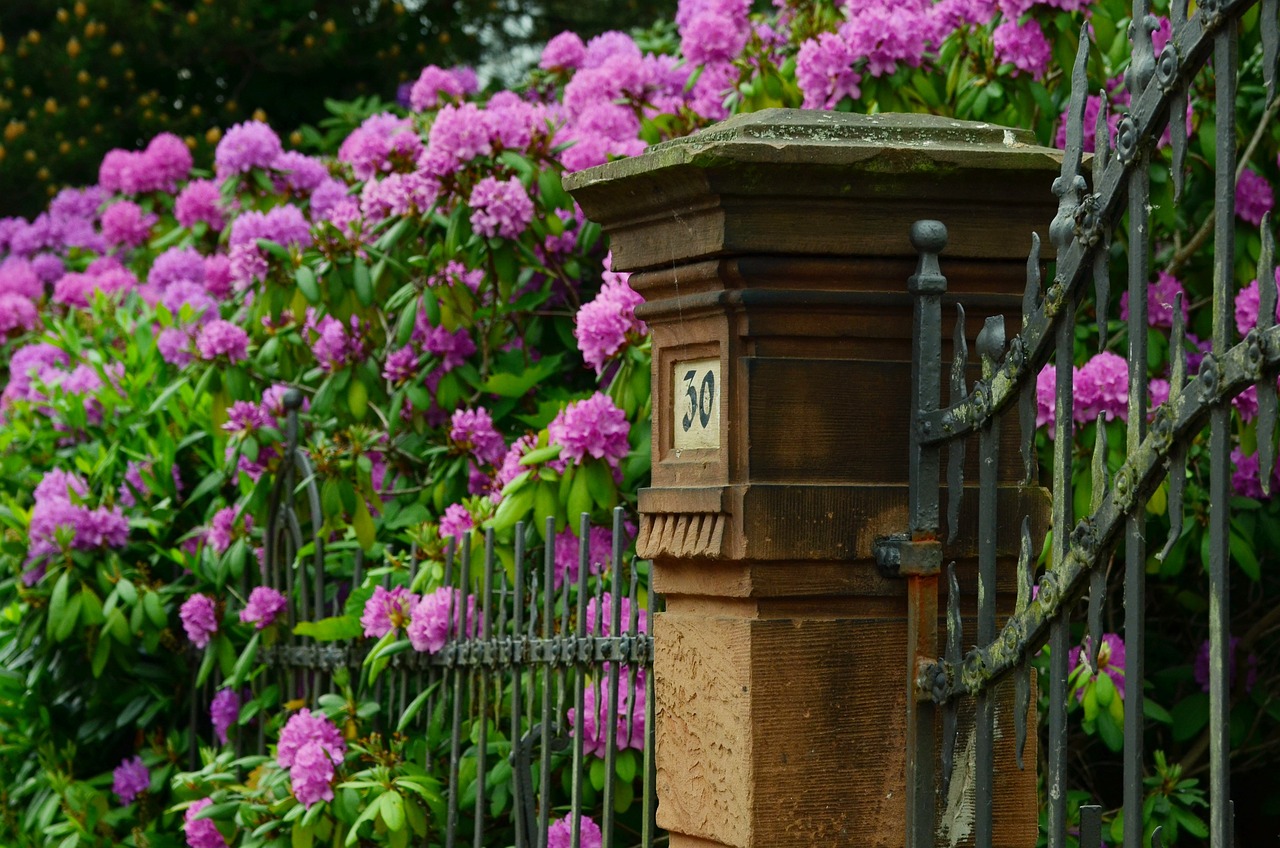
Rhododendrons, with their vibrant blooms and lush foliage, are a true gem in any garden. But these beauties can sometimes turn into “droopy duds,” leaving you scratching your head. This guide will equip you with the knowledge to cultivate a thriving rhododendron that explodes with color and life.
Understanding the Rhododendron’s Desires
Before we go into the specifics of care, it’s important to understand what makes a rhododendron happy. These flowering shrubs are native to the understories of cool, moist forests in Asia and the Himalayas. This translates to a preference for:
- Acidity: Rhododendrons thrive in acidic soil, typically with a pH between 4.5 and 6.5.
- Moisture: Consistent moisture is key, but avoid waterlogging. Aim for well-drained, evenly moist soil.
- Light: Filtered shade is ideal. Direct sunlight can scorch the leaves and inhibit flowering.
- Mulch: A layer of organic mulch around the base of the plant helps retain moisture, regulate soil temperature, and suppress weeds.
Planting Your Rhododendron for Success
Now that you know what your rhododendron craves, let’s get it settled into its new home:
- Choosing the Right Spot: Select a location with dappled sunlight or morning sun and afternoon shade. Ensure good drainage by digging a hole two to three times wider than the root ball and slightly deeper.
- Preparing the Soil: Test your soil’s pH. If it’s not acidic enough, amend it with peat moss, composted leaves, or sulphur. Mix the amendment thoroughly with the native soil you removed from the hole.
- Planting: Gently loosen the root ball of your rhododendron and place it in the prepared hole. Ensure the root flare (where the trunk meets the roots) sits slightly above the soil level. Backfill the hole with the amended soil mixture, tamping it down gently to remove air pockets. Water thoroughly to settle the soil.
- Mulching: Apply a 2-3 inch layer of organic mulch around the base of the plant, keeping it a few inches away from the stem to prevent rot.
Nurturing Your Rhododendron Throughout the Seasons
With your rhododendron planted, here’s how to care for it throughout the year:
- Watering: Water deeply and regularly, especially during dry periods. Aim to keep the soil consistently moist but not soggy.
- Feeding: Apply a fertilizer formulated for acid-loving plants in early spring before new growth appears. Avoid over-fertilizing, which can damage the roots.
- Pruning: Prune lightly after flowering to remove spent blooms and encourage bushier growth. You can also remove any dead, diseased, or damaged branches. Avoid heavy pruning, as rhododendrons flower on old wood.
- Winter Protection: In colder climates, protect your rhododendron from harsh winter winds and excessive drying by wrapping it with burlap or shade cloth. You can also add a layer of mulch around the base of the plant for extra insulation.
Addressing Common Rhododendron Issues
- Droopy Leaves: This could indicate underwatering, overwatering, root rot, or nutrient deficiency. Check the soil moisture and adjust watering accordingly. Address any drainage issues and fertilize if necessary. In severe cases of root rot, consult a professional gardener.
- Brown Leaves: This can be caused by sunburn, underwatering, or a fungal disease. Move the plant to a shadier location if necessary, adjust watering, and remove affected leaves. For fungal diseases, a fungicide may be required.
- Lack of Blooms: Several factors can contribute to this, including insufficient light, incorrect pruning, nutrient deficiency, or root problems. Ensure the plant receives adequate filtered light, avoid heavy pruning, and fertilize appropriately. Address any drainage issues that might be affecting the roots.
Pests and Diseases to Watch Out For
Rhododendrons are generally pest and disease resistant, but a few common threats to be aware of include:
- Lace bugs: These tiny insects suck the sap from leaves, causing them to appear white or stippled. Insecticidal soap or neem oil can be used for control.
- Scale: These armored insects feed on plant sap and can weaken the plant. Prune off heavily infested branches and treat the rest with horticultural oil.
- Powdery mildew: This fungal disease causes a white powdery coating on leaves. Apply a fungicide specifically formulated for powdery mildew.
Early detection and treatment are key to managing these issues. If you suspect a pest or disease problem, consult a local nursery or gardening expert for specific recommendations.
